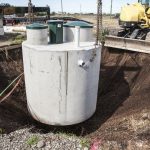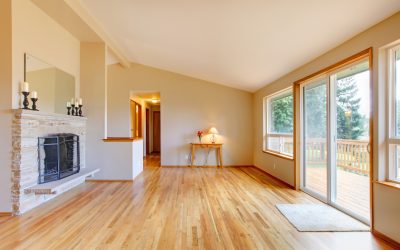Homeowners should be concerned if they discover cracks or fractures in the walls of their basement or foundation as a home is only as strong as the foundation upon which it stands. Construction and foundation experts will advise that any crack wider than 1/16-inch are concerning. These are even more concerning if the crack allows moisture to seep inside, it increases in width or length, or if the edges rub together when the humidity or temperatures fluctuate.
Homeowners that find signs of moisture or wet walls in their basements are not in the minority. The American Society of Home Inspectors estimates that more than 50% of homes experience wet basements. Of homes with signs of moisture, over 40% of these risk the chance of developing mold. Finding pools of water in the basement is not atypical after a strong rainfall or heavy snow accumulation. Water flows downhill and always seeks the path of least resistance. One of the best ways to address this problem is with French Drain Installations in Jacksonville FL.
If a homeowner experiences problems with water in their basement, surface water problems such as wet, soggy lawns or driveways that wash out, then a French drain is an effective way to waterproof the basement. In its simplest form, a French drain is a PVC pipe placed in a trench filled with gravel that diverts water away from the house. Depending on the location, water can be directed towards a low-lying part of the property, a drainage ditch, dry well, or even the street where it will flow into the municipal water drain.
Visit Solid Foundations to obtain more information on the two ways that French drains are typically installed around a home’s foundation. These include burying it on the exterior side of the foundation’s perimeter or installing underneath the basement’s floor around the inside perimeter of the foundation. For the most part, French drains installed on the exterior of the foundation are done before the soil is backfilled. French Drain Installations in Jacksonville FL that are installed on the inside perimeter of the foundation are typically done after the house is built in response to water in the basement or just before finishing the basement.








